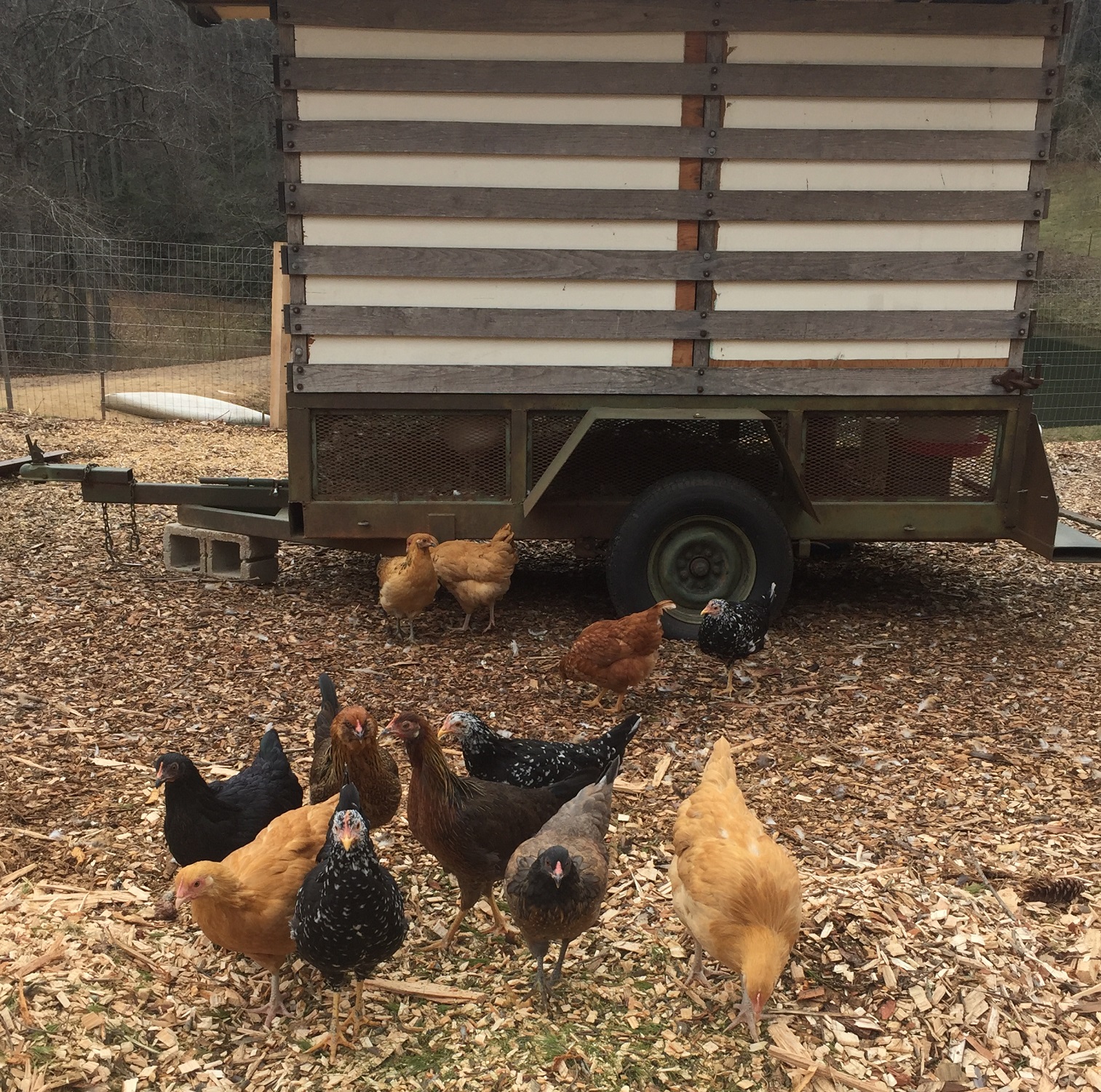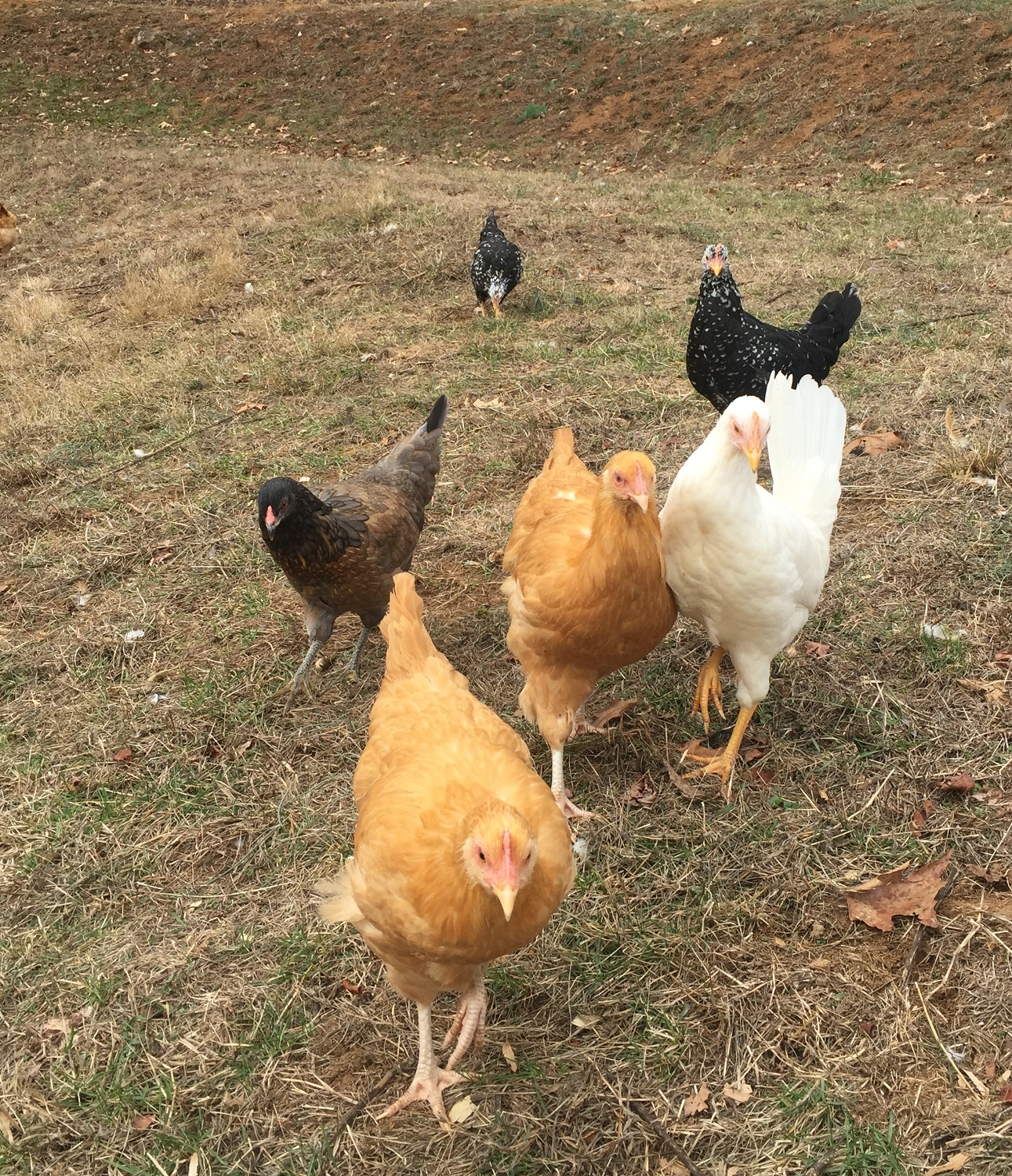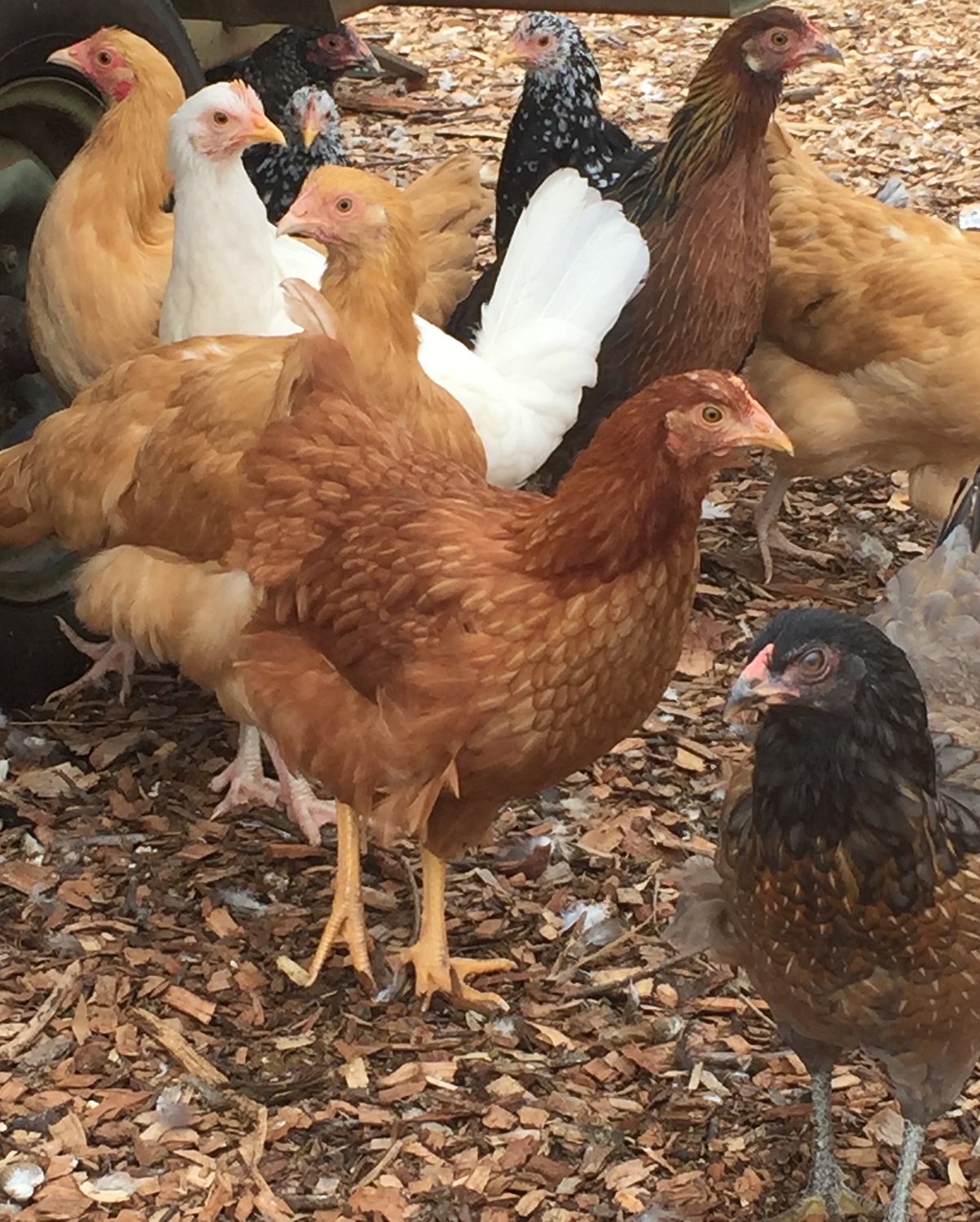When is the last time you made a pie crust with lard? Or fried potatoes in beef tallow? If your answers to both of those questions are two resounding NEVERS, you're not alone. However, there was a time, not too long ago, when animal fats were the primary source for cooking and baking. So, what happened, you may ask. One of the main contributing factors came about when big agribusinesses and food manufacturers started mass producing and processing soy. Deville (2011) writes "much of the U.S. soybean crop today is processed into oil that accounts for 80 percent or more of the edible fats and oils consumed in this country in the form of shortening, margarine, cooking oil, and salad dressings" (p. 89). Most often when you see the term vegetable oil, most or all is comprised of soy oil (p. 89). The industrialization of food took away the safe method of small batch cold-pressing vegetable oil and instead now uses heat and chemical processes that produce greater amounts of oil at a greater profit but creates free radical oxidation.
Deville (2011) continues to write that "prior to 1900, when Americans ate butter, cheese, whole milk, red meat, beef and lamb tallow, chicken fat, and lard, heart disease caused only 9 percent of all deaths. Today heart disease causes 30.3 percent of deaths" (p. 105). Factory food producers have been "feeding" us the lie that fat and cholesterol are the enemy; therefore, we now see terms like "fat free" and "low fat" on the supermarket shelves as well as egg whites and egg substitutes.
Animal fats are considered "saturated" fatty acids because every available carbon bond is taken up by a hydrogen atom. The saturation of hydrogen atoms allows it to be the most stable and resistant to rancidity when exposed to heat, light, and oxygen meaning they are least likely to create free radicals (Deville, 2011). Tropical oils, like coconut oil is another example of a saturated fatty acid. Saturated fats are typically solid or semi-solid at room temperature.
Monounsaturated fatty acids are the next in the line-up for stability. The difference is that two carbon atoms are bonded together and therefore are lacking two hydrogen atoms. These are most often liquid at room temperature. Oleic acid is the most common type of monounsaturated fatty acid found in our food and is the main component of olive oil, as well as the oil from almonds, pecans, cashews, peanuts, and avocados (Fallon & Enig, 1999).
Polyunsaturated is the most unstable and highly reactive because it lacks four or more hydrogen atoms. The two most common forms are unsaturated linoleic acid also known as omega-6 and triple unsaturated linolenic acid called omega-3. Polyunsaturated oils should be consumed in small amounts and taken in the natural form found in the foods we eat. Foods like legumes, grains, nuts, green vegetables, and fish should provide the necessary amounts of polyunsaturated fats and not commercially processed vegetable oils. The heating and processing of polyunsaturated oils leads to the increase of oxidation and rancidity leading to free radicals. Free radical damage can lead to premature aging, tumors, and the build up of arterial plaque (Fallon & Enig, 1999). Modern diets can be comprised of up to 30 percent of polyunsaturated oils when they should only comprise up to 4 percent (Fallon & Enig, 1999).
The benefits of saturated animal fats include healthy cell function, liver protection, enhancement of the immune system, concentrated source of energy, mineral absorption, and they act as carriers of important fat-soluble vitamins A, D, E, and K. It is important to note that the best saturated animal fats are found in pastured animals that are raised on species-appropriate food. So, do not be afraid of butter, lard, and grass-fed beef tallow. They are not the enemy.
For more information
Deville, N. (2011). Death by supermarket. Austin, TX: Greenleaf Book Group Press.
Fallon, S. & Enig, M. G. (1999). Nourishing traditions. Brandywine, MD: NewTrends Publishing Inc.
My experience with animal fat.......rendering beef tallow.
Trim the excess meat from the fat and cut into small pieces. Put into a crock pot to melt slowly without burning.











